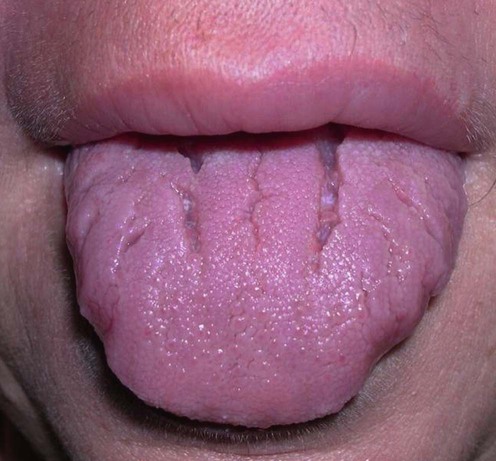Granulomatous cheilitis

Specific investigations
Standard patch testing, as well as metal, bakery, dental, and other patch series may be required.
Melkersson–Rosenthal syndrome and cheilitis granulomatosa. A clinicopathologic study of thirty-three patients with special reference to their oral lesions.
Worsaae N, Christensen KC, Schiødt M, Reibel J. Oral Surg Oral Med Oral Pathol 1982; 54: 404–13.
The elimination of odontogenic infections led to inactivity of orofacial edema in 11 of 18 patients.









 Intralesional corticosteroids
Intralesional corticosteroids Oral corticosteroids
Oral corticosteroids Clofazimine
Clofazimine Minocycline/tetracycline ± oral corticosteriods
Minocycline/tetracycline ± oral corticosteriods Roxithromycin
Roxithromycin Metronidazole ± intralesional corticosteroids
Metronidazole ± intralesional corticosteroids Biologics, including infliximab, adalimumab
Biologics, including infliximab, adalimumab Cheiloplasty ± postoperative intralesional corticosteroids
Cheiloplasty ± postoperative intralesional corticosteroids Thalidomide
Thalidomide Hydroxychloroquine
Hydroxychloroquine